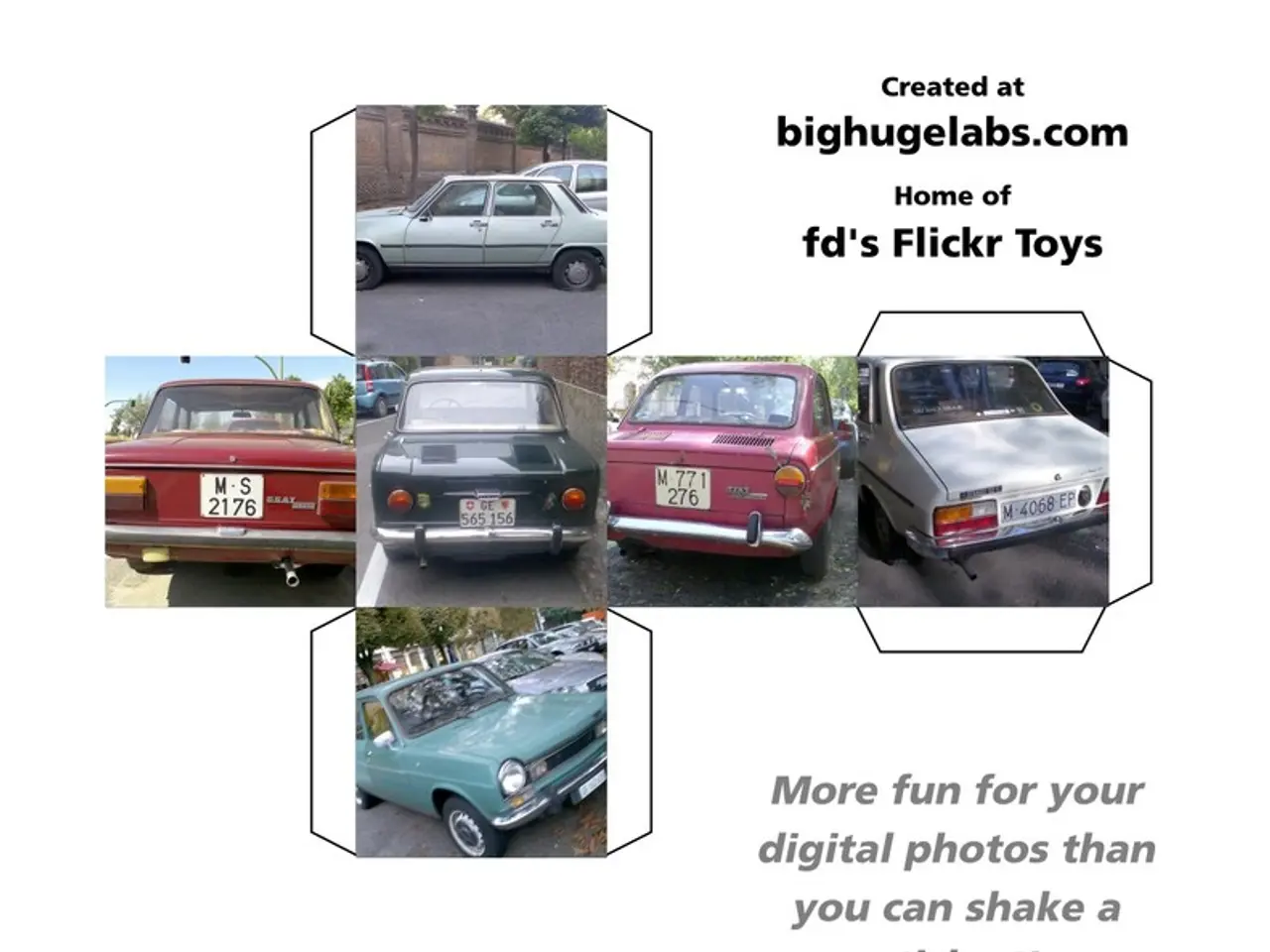Latest Automotive Updates: Ansys, NVIDIA, Infineon, Marvell, Jaguar, UVeye, and NHTSA in the Spotlight for Connected Car Developments
In 2025, the automotive industry is witnessing significant advancements in connected car technology. The focus is on integrating 5G and 5G Advanced networks, which enable ultra-low latency and high-speed data exchange essential for autonomous driving and vehicle-to-everything (V2X) communication.
Key Technological Advancements
- 5G-powered V2X Communication: Vehicles communicate with other vehicles, infrastructure, networks, and pedestrians, enhancing road safety and traffic efficiency.
- AI-driven personalization and sensor fusion: These improvements aid advanced driver-assistance systems, enhancing safety features like automatic emergency braking and collision warnings.
- Software-defined vehicles (SDVs) and over-the-air (OTA) updates: Enable continuous software improvements and new features without physical dealer visits.
- Enhanced infotainment systems: AI, voice recognition, and high-resolution displays create personalized, seamless user experiences.
- Integration of massive IoT connectivity: Supports large numbers of connected devices for smarter transportation ecosystems.
Market Trends and Regulations
The connected vehicle technology market is projected to grow rapidly, with a CAGR of around 10.9%, from approximately USD 40 billion in 2025 to over USD 112 billion by 2035. Safety and security applications dominate the market, reflecting strong regulatory frameworks mandating features like vehicle tracking, SOS calling, and predictive collision warnings.
Stricter regulatory frameworks worldwide increasingly mandate connected safety features and V2X communication, pushing OEMs to prioritize connectivity for accident prevention, emergency coordination, and theft deterrence.
Partnerships and Strategic Moves
Industry leaders are collaborating to create integrated mobility ecosystems, combining vehicle connectivity with infrastructure and digital services. Car manufacturers are actively advancing infotainment and connectivity capabilities, focusing on cybersecurity and AI integration.
Jaguar Land Rover North America has partnered with UVeye to install AI-powered automated inspection systems at its three main U.S. seaport facilities. Infineon's acquisition of Marvell Technology's Automotive Ethernet division enhances its high-bandwidth, low-latency in-vehicle networking capabilities.
Regulatory Updates
The National Highway Traffic Safety Administration (NHTSA) has announced updated federal safety standards for child car seats, effective December 5, 2026. Parents are advised to continue using their current car seats if they are not expired, properly installed, and have not been recalled.
The new regulation, Federal Motor Vehicle Safety Standard No. 213a, introduces a side-impact crash test simulating a 30 mph collision. For those purchasing new seats, it's recommended to verify compliance with FMVSS 213a by contacting manufacturers directly, as not all packaging may explicitly mention adherence to the new standard.
Technological Integration
The collaboration between Ansys and NVIDIA aims to accelerate innovation, scalability, and performance in industries dealing with challenges from aerodynamics to 6G connectivity. Infineon plans to integrate the acquired business into a new "Ethernet Solutions" unit within its Automotive division. The acquired business is expected to generate $225-$250 million in 2025 revenue with a 60% gross margin.
Engineers will be able to run high-fidelity simulations, generate and test autonomous system scenarios faster, and build physics-accurate digital twins within Omniverse-powered environments.
In summary, connected car technology in 2025 is characterized by the rollout of enhanced 5G-based V2X communication, AI-enhanced driver assistance, expanding software-defined vehicle capabilities, and regulatory support that fosters safer, smarter, and more integrated automotive ecosystems.
- The automotive industry, in partnership with technology companies, is working on integrating advanced 5G networks for connected vehicle technology, which is essential for autonomous driving and vehicle-to-everything (V2X) communication, overcoming challenges in finance and setting the industry on a path for expansion.
- Beyond the automotive sector, there are ongoing collaborations in various industries such as transportation, technology, and finance, to accelerate innovation, enhancing safety features, performance, and cybersecurity, ultimately leading to the development of smarter and integrated transportation ecosystems.




